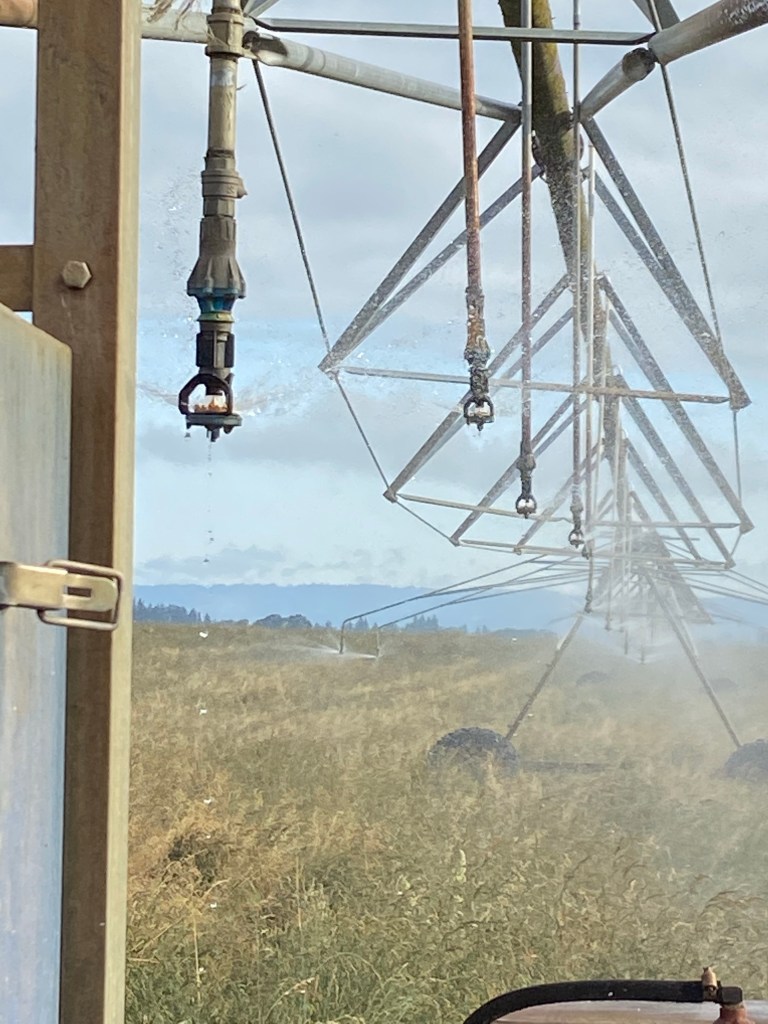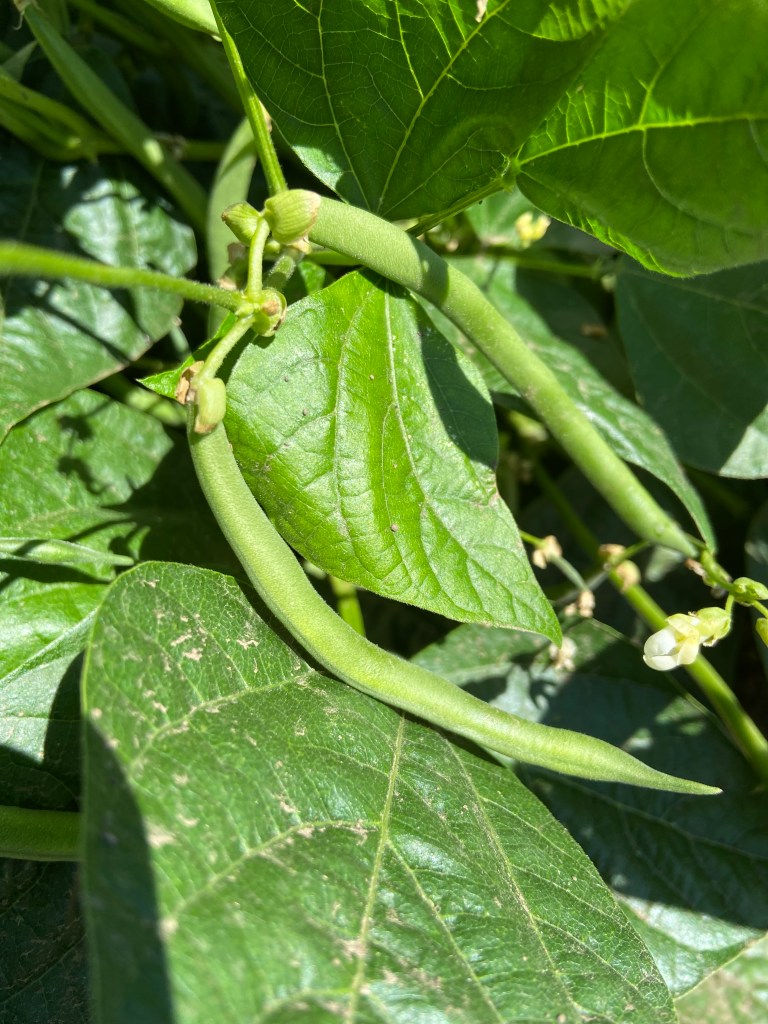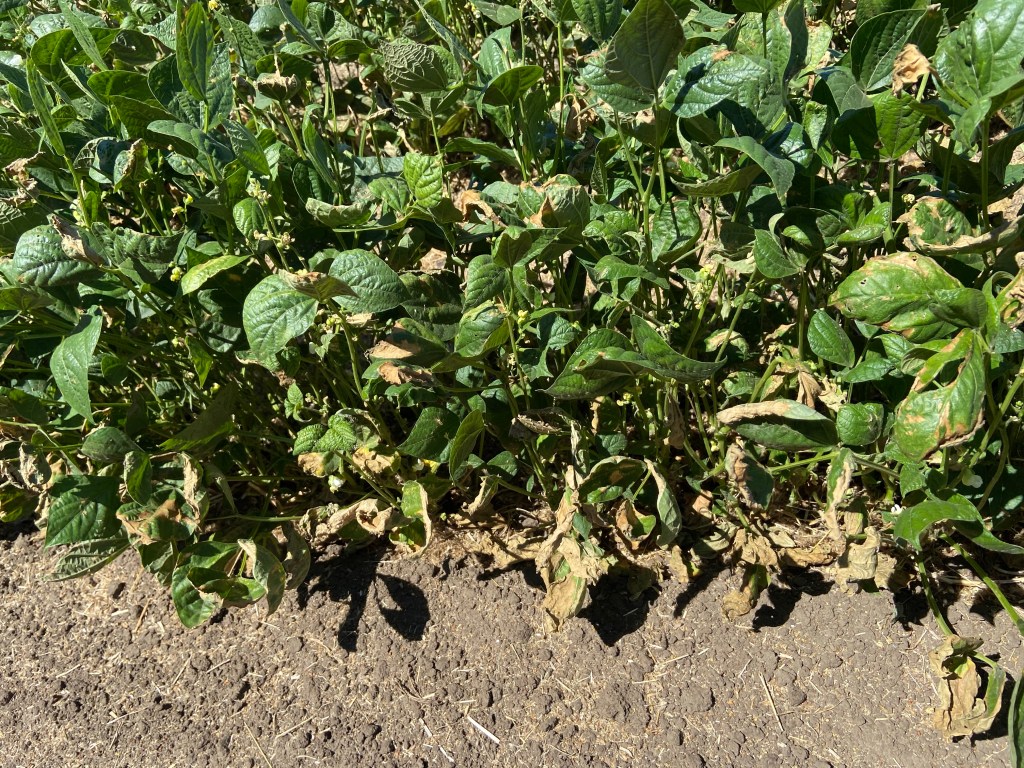Harvest has been happening for awhile around here. It snuck right up on us after a long winter and the idea of you were following plant stage and growing degree days that we would start harvest late. I stupidly started making early July plans that seems so attainable with a mid July start. However I quickly started canceling things when we looked out the window one day and Matt said, “maybe we should look at the clover, it looks really brown!” And after a quick look at the field later that day, “Hey it’s Brenda, so that camping trip I said maybe we could do…..how does your November look for timing?”
We have finished up clover harvest. And my gosh what a surprise, after so much drama with that darn stuff it actually produced a very nice sized seed crop.
Grass seed harvest started near the end of June with swathing or cutting the grass.

Combining or separating the seed from the straw started quickly after our good old St. Paul rodeo on the 6th of July. We have about 4 or 5 more days until we finish up that crop.

Hoot also found out that he’s heavy enough to weigh down the seat of the John Deere by himself and got some good driving time in.

Our green beans are just about ready to be harvested, probably next week sometime.

And finally the filbert crop is looking great. The price not so much, but that’s probably a whole other blog post that we don’t have time for today.

So all in all we are at the just the start with some crops, right in the middle of others and at the very end of a long harvest season. Meanwhile we are of course taking soil samples, mowing old crop stubble and starting to work ground for fall planting.

Life in the fields has become the norm around here for the past month and a half. Some of us are ready for a little less dust in our dinner, but I also know we will look forward to it all again next year.








